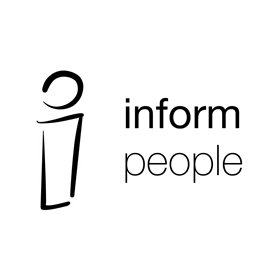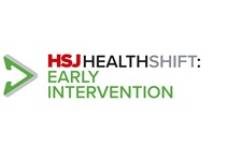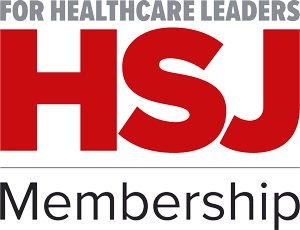While aiming to improve NHS diagnostics and outpatient services, there is no shortage of data. However, there is a shortage of insight. The problem is shifting the focus of what data needs to be studied in order to maximise operational efficiency.
Advertorial by
Too often, data collection has centred solely on the patient, but when looking at productivity, it’s about the hospital activity around them. A narrow lens ignores important activity happening around patients: the operational reality that defines how effectively services are running. Without capturing that, the data reflects only half of the picture.
The invisible work
Across the NHS, clinical teams are working under intense pressure, yet the data used to represent their activity is often disconnected. Turnaround time between patients, delayed session starts, and the impact of late cancellations all shape daily capacity and flow, but they are only partially recorded and rarely analysed.
Data points may record that a patient was seen, the procedure priority type, or what medication they were given, but often fail to capture why the session started 20 minutes late, how this impacted turnaround times, or where capacity was lost or made up elsewhere in the day. These missing details are not minor; they are often where the most significant performance opportunities lie.
Clinical ≠ operational
Part of the problem is the systems used. Clinical reporting tools are excellent at capturing diagnoses, procedures, and outcomes, but they were never designed to reflect operational dynamics. It is a case of trying to answer productivity and workforce planning using systems built for patient care documentation. It is no surprise that the results are incomplete and difficult to utilise effectively.
For real progress, clinical data should be separate from performance data, especially for analysis. It means ensuring that operational flows, not just the clinical moments, are captured, allowing identification of patterns, highlighting constraints, and emboldening the scaling up of work.
It is not just about DNAs
One of the focuses in performance conversations is the focus on Did Not Attend (DNA) rates. While reducing DNAs is important, and for some trusts, this could be the productivity solution, DNA rates only explain a fraction of lost capacity. Yet, if the focus is solely on them, it might leave more actionable productivity improvements unexplored.
There are options to rework how sessions are structured, how rooms and equipment are shared, and how staffing affects throughput. Delays caused by hospital or patient cancellations, overrunning, staffing gaps and equipment issues can have as much impact as DNAs and also need to appear in reports.
Change requires visibility
NHS teams across the county are actively trying to innovate, with new scheduling models, overbooking strategies, and room configurations. When improvements do happen, they are often undocumented, stay local, and fail to inform system-wide learning.
This is a critical gap. With no structured way to track changes or share outcomes, progress remains fragmented and siloed. Every trust ends up solving the same problems independently: a huge waste of time, resources and potential.
Productivity pressure is only growing
The 10-Year Health Plan makes the stakes clear: the system must “urgently resolve the NHS’s productivity crisis”. The national target? To deliver a 2 per cent year-on-year productivity gain for the next three years. That level of improvement is impossible if relying on only the existing reporting systems and the blind spots of the past. Sustained productivity gains demand better visibility, faster learning, and more targeted operational insight.
There is also the growing burden of reporting itself. NHS teams are asked to produce ever more detailed reports for national bodies. Yet, the action and problem-solving still happen at a local level. Meaning the same information is passed through multiple hands and reinterpreted and reformatted repeatedly. This duplicates effort and increases the risk of errors and flawed assumptions.
In summary
A shift in thinking is needed. Patient-focused data collection is important, but if unit productivity is the goal, focus must shift to the system around them. The tools to do this already exist, but need to be embraced nationally. What is needed now is a willingness to modify practices and take a leap towards a more efficient organisation.























